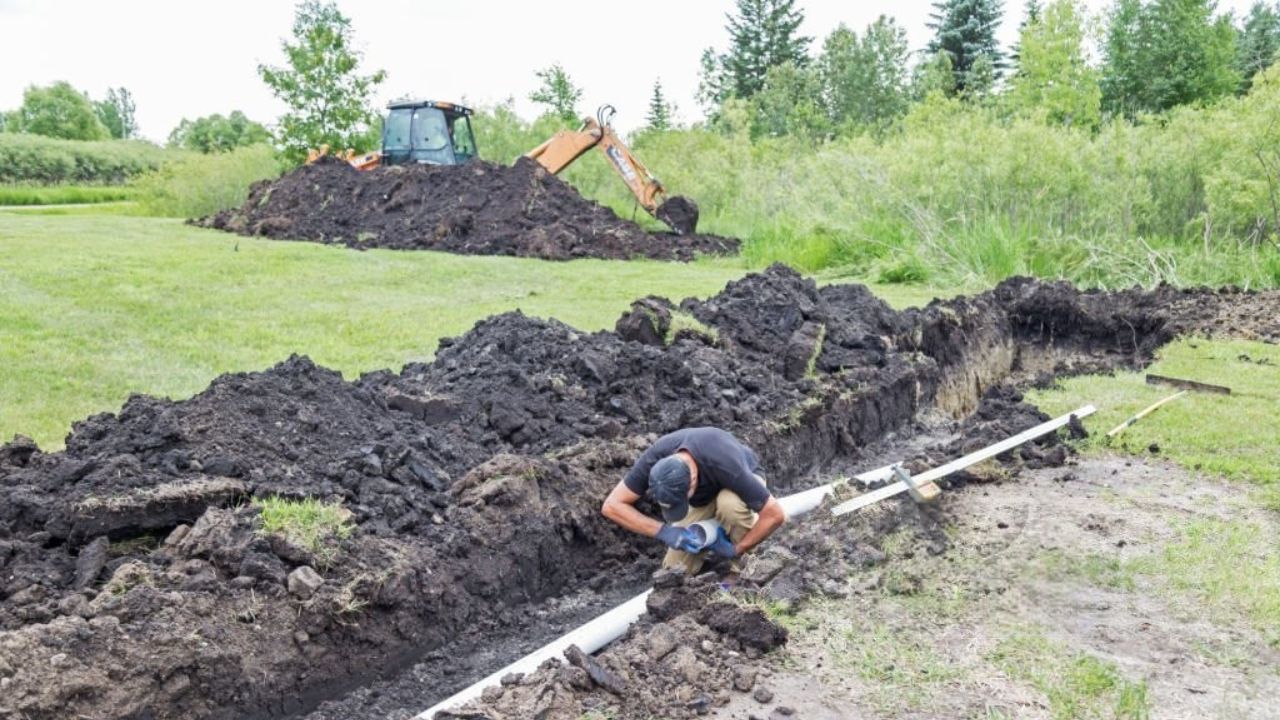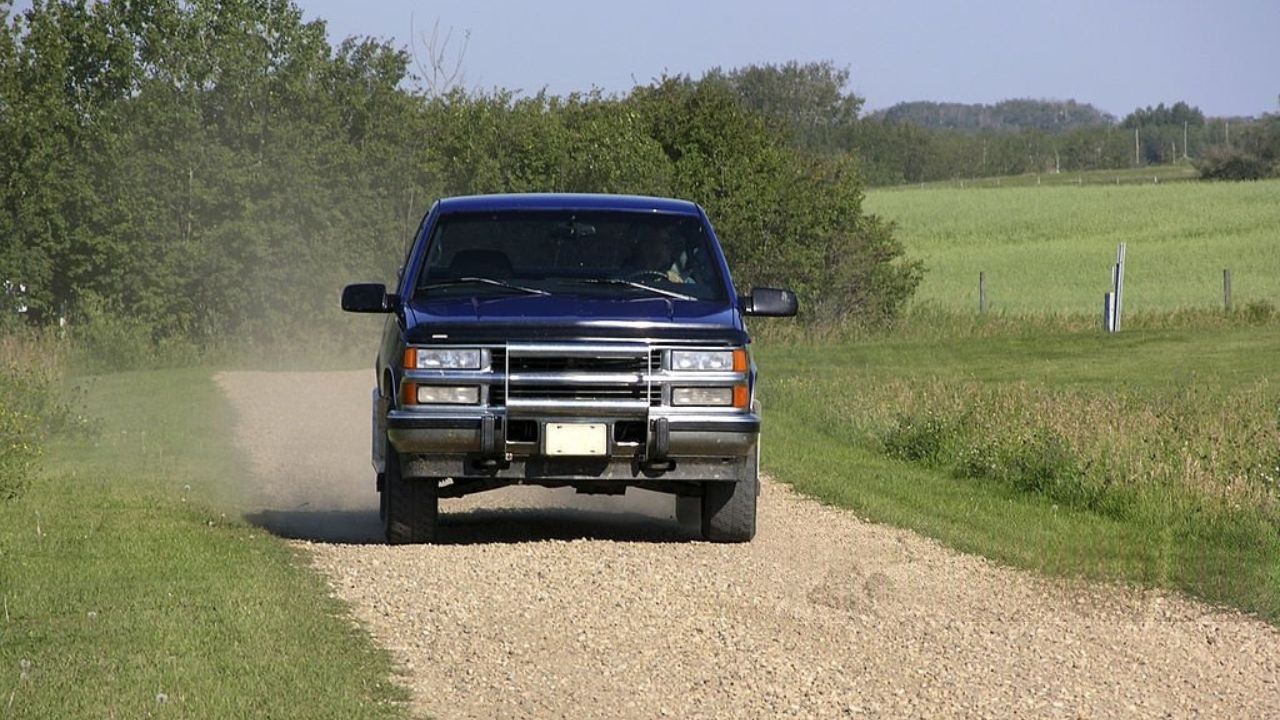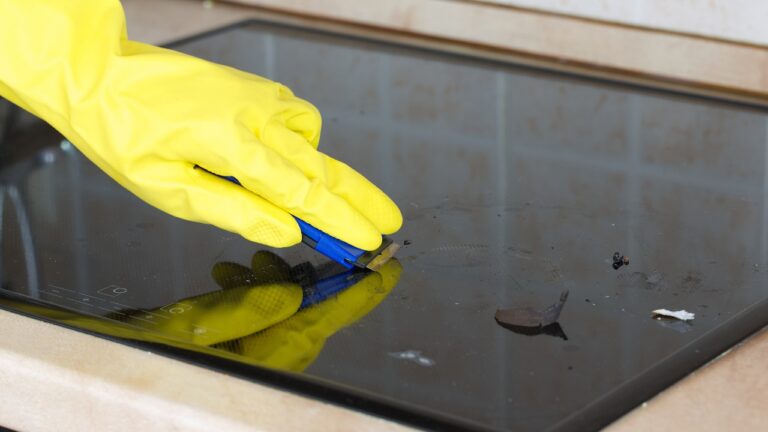Buying acreage seemed easy—until you realized this utility cost
Buying land feels like freedom — wide open space, no neighbors right on top of you, room for animals, gardens, and that dream shop or barndominium. But once the excitement fades and you start looking into utilities, reality hits fast.
Getting power, water, or internet to raw land isn’t as simple (or cheap) as it sounds. What looks like affordable acreage can turn into a money pit if you don’t plan ahead for the cost of getting it livable.
Power doesn’t always come cheap
If your property isn’t already tied into the grid, connecting it can cost far more than people expect. Utility companies typically charge by the foot, and if the nearest power pole is a quarter mile down the road, that adds up fast. You’re paying not just for wire but for trenching, poles, and transformers. And if the terrain is rocky or wooded, expect to pay extra for clearing the path.
Some rural landowners skip the grid entirely and go solar, but that’s not always cheaper upfront. Solar systems that can power a whole property — especially if you plan to run a well pump, HVAC, or heavy tools — can easily cost tens of thousands. And if you don’t have full sun exposure, you’ll still need a generator backup.
Wells can drain your budget before they even run
Getting access to water is another major expense that often catches buyers off guard. Drilling a well isn’t one set price — it depends on depth, soil type, and what equipment the drilling company needs. Even a basic residential well can run anywhere from $5,000 to $20,000 or more. And that’s before you add the pump, pressure tank, and electrical work to power it.
If your land has rocky soil or sits on a slope, that can double the price. You’ll also need to test the water quality once it’s in — not all groundwater is safe for drinking without filtration. Sometimes, properties advertised as “well-ready” still require extensive setup before you get usable water.
Septic isn’t optional

Unless your land is near a city with existing sewer hookups, you’ll be installing a septic system. Standard systems can cost between $5,000 and $15,000 depending on the soil’s ability to absorb water. But if the soil doesn’t drain well, or if the property sits on a hill or has a high water table, you’ll need an engineered system — and that can easily double the cost.
Before you close on any rural property, always have a percolation test done. It tells you if the soil can support a septic system and where it should go. Without that, you could end up with land that’s technically buildable but too expensive to make functional.
Internet and phone lines can surprise you
Rural internet has gotten better, but it’s still unreliable in many areas. If fiber or DSL doesn’t reach your road, you’ll probably be choosing between satellite, fixed wireless, or cell-based options. Satellite internet works almost anywhere, but it can lag and cost more than expected.
Some landowners pay to have fiber lines extended, but that’s usually a five-figure project. Even cell boosters and Starlink require setup and clear line of sight to work properly. Before buying, check service maps and talk to neighbors — they’ll give you a realistic idea of what works and what doesn’t in that area.
Access matters more than it seems

One thing people forget is how access affects every utility. If your driveway is long, winding, or crosses low areas that flood, it complicates everything — power trenching, well drilling, and even delivery of materials. Sometimes the cost to make utilities feasible ends up being higher than the land itself.
If the property is far from a main road, utility companies might not even cover installation. You’ll have to pay private contractors for line extension and trenching, which can turn a “cheap” piece of land into a long-term financial strain.
Plan for more than the basics
Even if you’re only planning to park an RV or start small, plan utilities as if you’ll eventually build a home. Oversized systems are easier to live with than undersized ones that need to be replaced later. Think about things like future outbuildings, livestock water, and even backup power — it’s much easier to add those connections now than to tear up your yard later.
Buying acreage is exciting, but it’s easy to underestimate how much it takes to make it livable. Before signing anything, get quotes for power, water, and septic. Talk to locals about what it took for them to set up utilities. Once you know the real costs, you’ll see that buying land isn’t the expensive part — getting it ready to live on is.
Like Fix It Homestead’s content? Be sure to follow us.
- I made Joanna Gaines’s Friendsgiving casserole and here is what I would keep
- Pump Shotguns That Jam the Moment You Actually Need Them
- The First 5 Things Guests Notice About Your Living Room at Christmas
- What Caliber Works Best for Groundhogs, Armadillos, and Other Digging Pests?
- Rifles worth keeping by the back door on any rural property
*This article was developed with AI-powered tools and has been carefully reviewed by our editors.







